Camera Test #102: GBC-CTC-5X + Flesh Tones
Since the basic details of the GBC CTC-5X video camera are covered in Camera Test #102, I’ll keep things a bit more brisk that in the prior Camera Test blog. If the facts start reading a wee bit dry, just skip down to the end where the YouTube + Vimeo links are located.
Now then.
From what I’ve managed to find in print and picture online, GBC was a U.S. company specializing in industrial-level video cameras during the late sixties and mid-seventies before switching to surveillance cameras for commercial use, including remote security cameras, ceiling ‘globe’ cameras, and B&W security monitors.
These components do show up on Ebay from time to time, as do some of the lenses used for both their surveillance and broadcast cameras, of which the later were reportedly made by other companies with GBC branding – a not uncommon practice on the consumer level. Spanning the 70s to the 80s, RCA’s consumer grade (and early prosumer level) cameras were made by JVC, Panasonic, and later Hitachi, with many components made in Japan.
One auction on Ebay stated the GBC VF-302 unit sported a CRT viewfinder made by Ikegami, whereas LabGuy’s World states the CTC-5X was a re-badged Concord PCC-49.
Where the decision to colour their cameras blue emanated isn’t detailed, but I like it; not unlike very red JVC KY-1900 ENG camera, the GBC blue also sports a certain ‘attitude,’ and it helps distinguish it from other more functional designs, like Sony’s boxy AVC-3000 series. (If you lose grip of that matte metal finish casing, better hope your foot is far away from the impact zone.)
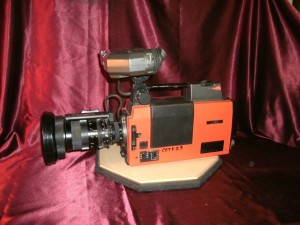
A JVC KY-1900 – a classic ENG camera featuring 3 Saticon tubes, and a bold red casing that says ‘Piss off, and give me some goddamn room!’
What these early to mid-70s cameras certainly share is functional design; the idea cameras should have carrying handles or zoom levers that don’t get in the way of the viewfinder was a lesser consideration until the late seventies ENG and early eighties consumer models.
The GBC’s detachable slide & clamp B&W viewfinder is actually well designed because it’s simple, whereas RCA’s CC-002 model (basically a re-badged Panasonic PK-200 camera) relied on a large screw-in wheel with small teeth on the ring, making dangerously impossible to remove the viewfinder if you screwed it on too tightly. (The RCA / Panasonic cameras look gorgeous and impressive, though. Chunky yet elegant industrial design.)
The GBC’s handgrip is a lean, clean industrial design and screws on / off very easily, and although that zoom lens looks impressive, it’s of meh quality when it comes to detail and usability. Zooming takes longer because it’s a wider and thicker-greased ring, but since the camera’s outfitted with a standard C-mount, you can use other lenses and exploit the GBC’s decent picture reproduction.
In one of the tests you’ll see in the video, you’ll see footage of fruits taken with a wide angle lens made by Cosmicar (later Pentax) for Sony’s AVC-3000 line; and I used a Canon zoom lens originally designed for the aforementioned RCA / Panasonic cameras. I love the fact you can change lenses – prime, zoom, whatever – as it seems certain manufacturers were consistent as to where they place their tubes and focal planes.
When I bought the GBC camera from Ebay, it was being advertised as part of three cameras – including a JVC KY-1900 3-tube Saticon camera, and a Panasonic WV-3230 Newvicon camera – that were used as props in jOBS, the meh biopic of Apple’s co-founder Steve Jobs, made fast & released in 2013.
The GBC was in good shape cosmetically, but a few things were wonky. The DIN plug casing for the viewfinder on the camera was cracked (someone had tried to force insertion instead of lining up the pins); and the outer rings of the lens housing were loose, making it impossible to focus.

The GBC CTC-5X outfitted with a Canon TV zoom lens originally designed for the aforementioned RCA / Panasonic cameras.
After scraping away the busted plug fragments, it’s still possible to insert the plug and power the viewfinder, but the viewfinder’s B&W 1.5” CRT’s quite dim, and has some of the thin vertical lines I showed in a video of a wonky Toshiba IK-1850 camera.
The lens parts were screwed back into place, (it was a tricky combination of lining up the measurements and adjust the small screws. Note to collectors: always have jewelers or computer screwdrivers handy), and when the camera was powered up, a dim picture did emerge. After letting the colour Vidicon tube warm up for a few minutes, it became obvious the tube was well-used; not dim, but very weak with colour reproduction. Maybe it’s a circuit issue or a worn tube, but red barely registers.
If the colour’s turned off using an external processor, the GBC puts out a decent B&W image, but to get any colour requires a boost. The first step was to adjust the camera’s rear hue knob so nothing was too green or blue – basically set it where red would appear normal so the camera’s at least outputting whatever red is still possible.
Step 2 is sending the camera’s video out to an external processor. My choice was a model produced by Showtime Video Ventures – #7070 – because their black boxes have lots of options – black levels, flesh tones, hue, and saturation – and it saves a lot of time if you can fix colour flaws before the video signal’s recorded to miniDV or the hard drive.
The SVV box (one of three main models produced by the American company during the 1980s) also lets you boost colours to the point of insane excess, and giving yourself extra colour information to play with in Adobe Premiere.
What you’ll see in Camera Test #102 are stills showing off the camera’s attributes; footage with / without colour correction using three types of lenses; and the trippy short I made using the fattened colours. Titled Flesh Tones, the short also sports a 2.0 stereo mix, and can be viewed separately on YouTube + Vimeo.
Lastly, unlike prior test videos, I’ve added a narration track, partly for a change, and for a voice demo because apparently my delivery of dry facts (with tongue-in-cheek comments) isn’t half-bad.
Camera Test #102: GBC CTC-5X [HD]
On YouTube
On Vimeo [HD]
Camera Test #102 – GBC CTC 5X (2014) from Mark R. Hasan on Vimeo.
Flesh Tones:
On YouTube [HD]
On Vimeo [SD – HD version available next week]
Flesh Tones (2014) from Mark R. Hasan on Vimeo.
Cheers,
Mark R. Hasan, Editor
Big Head Amusements
Category: Uncategorized

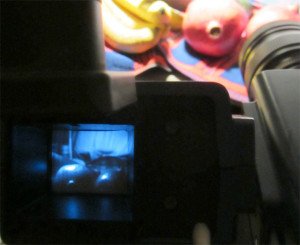
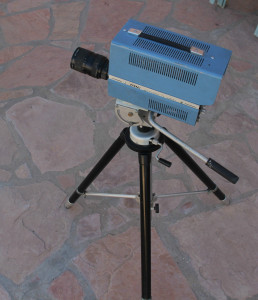
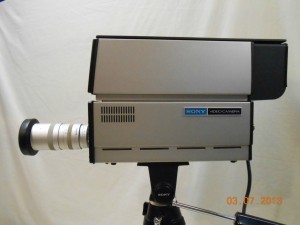
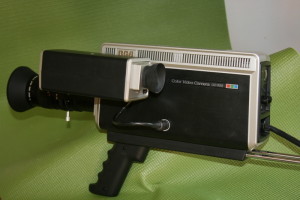
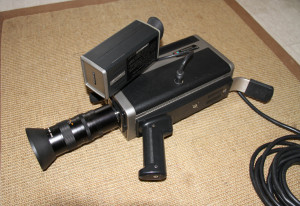
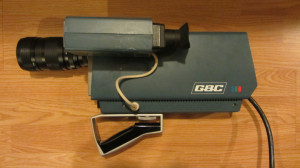

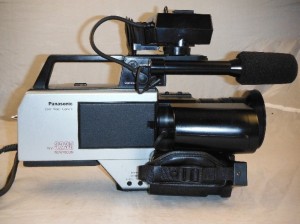

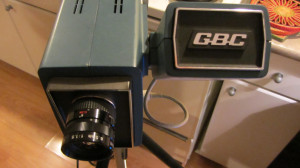
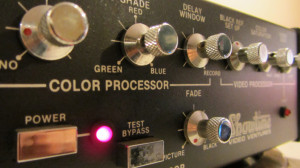
















Connect